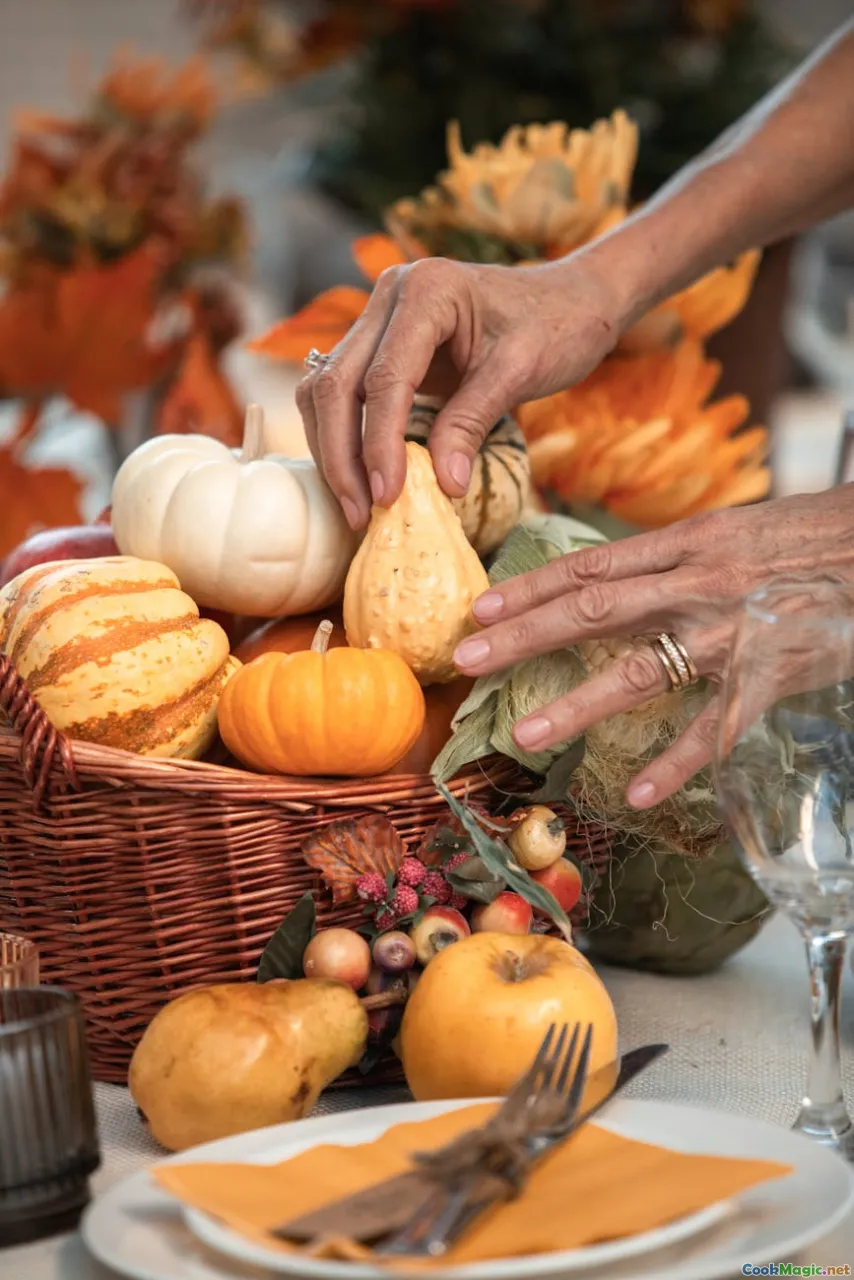Transforming Leftovers with Hungarian Recipes
8 min read Discover how Hungarian cuisine transforms simple leftovers into savory, comforting dishes rich in history, flavor, and cultural charm. April 19, 2025 18:00
Transforming Leftovers with Hungarian Recipes
Imagine waking up on a chilly Budapest morning, the aroma of paprika and simmering stews lingering in the air. Hungarian cuisine, renowned for its hearty and soulful dishes, has always thrived on the art of making every ingredient count — especially when it comes to leftovers. In a world increasingly focused on sustainability and minimizing waste, Hungarian culinary traditions offer a treasure trove of inspiring ideas to turn yesterday’s dinner into tomorrow’s masterpiece.
The Cultural Significance of Leftovers in Hungarian Cuisine
In Hungary, cooking is more than just sustenance; it’s a reflection of history, resilience, and community. Traditionally, Hungarian households valued resourcefulness, often transforming humble remnants into flavorful new dishes. This practice was born out of necessity during times of hardship and war, but it evolved into a cherished culinary art.
Leftovers were seen as an opportunity rather than waste — a chance to honor the ingredients and the effort that went into preparing them. From the legendary goulash to layered casseroles, Hungarian cooks have mastered the skill of reimagining leftovers, breathing new life into familiar flavors.
The Heart of Hungarian Flavors: Paprika and Potatoes
At the core of many Hungarian dishes lie two ingredients: paprika and potatoes. They lend a distinctive warmth and earthiness that makes leftovers immediately recognizable as Hungarian. Whether it’s a pot of ragout, a roasted chicken, or a batch of cooked vegetables, these staples serve as versatile bases for creative repurposing.
Turning Leftover Bread into Lángos and More
Bread holds a special place in Hungarian homes. It’s often baked fresh, but what happens when there’s a surplus? Traditional Hungarian recipes have long embraced stale bread, transforming it into delicious treats.
Lángos – The Fried Bread
Lángos is a beloved street food, crispy on the outside, soft within. Using day-old bread or leftover dough, you can craft a quick version by slicing bread, coating it with garlic, sour cream, and shredded cheese, then frying until golden. It’s a comforting snack that captures the essence of Hungarian hospitality.
Bread Pudding (Konyakos Túrós Puding)
Another classic is bread pudding, made with leftover bread soaked in sweetened milk, eggs, and a hint of vanilla, baked to perfection. Topped with fresh berries or a dusting of powdered sugar, it’s an indulgent way to enjoy leftovers.
Reinventing Meat and Vegetables
Hungarian cuisine often features slow-cooked meats and hearty vegetables. Leftover roast meats, such as pork, beef, or chicken, can be transformed into rich stews or casseroles.
Chicken Paprikash Remix
A leftover roasted chicken can become the star of a quick Chicken Paprikash. Shred the meat, sauté onions and garlic in a generous amount of paprika, add the shredded chicken, and simmer with a splash of sour cream. Serve over fresh or leftover dumplings or noodles for a dish that’s both comforting and bursting with flavor.
Goulash with a Twist
Goulash, Hungary’s iconic stew, is perfect for leftovers. If you have leftover beef or pork, dice it and simmer with onions, peppers, potatoes, and paprika. To elevate it, add a splash of red wine or a dollop of sour cream. This dish embodies the Hungarian spirit of transforming simple ingredients into something extraordinary.
Vegetable Reinvention
Leftover cooked vegetables, like cabbage, carrots, or peas, can be incorporated into savory pancakes or stuffed peppers. A common Hungarian trick is to mix vegetables into a flour batter, fry into crispy fritters, and serve with a dollop of sour cream.
The Art of Pickling and Fermentation
Hungarians have a long tradition of preserving vegetables through pickling and fermentation. Leftover vegetables can be used to create flavorful pickles or fermented products that add depth to future meals.
Quick Pickled Vegetables
Use leftover cucumbers, carrots, or peppers to make quick pickles with vinegar, garlic, and dill. These tangy additions are perfect for garnishing stews or serving alongside bread and cheese.
Fermented Sauerkraut
Cabbage remnants can be fermented into sauerkraut, a probiotic-rich side that pairs beautifully with Hungarian sausages and hearty stews. It’s a testament to Hungary’s mastery of preservation techniques.
Personal Insights and Cultural Reflections
Having traveled extensively across Hungary, I’ve witnessed firsthand how families cherish their leftovers, often serving them with pride and storytelling. I recall a small village where an elderly lady shared her secret: "The key is to listen to your ingredients. They tell you what they need to become something new."
This philosophy resonates deeply with me. Food is a narrative — a collection of memories, flavors, and traditions. By transforming leftovers into new dishes, we honor the past while embracing sustainability.
Practical Tips for Reimagining Leftovers Hungarian-Style
- Keep it simple: Use basic ingredients like paprika, onions, and garlic to infuse flavor.
- Layer flavors: Add fresh herbs or spices to elevate leftovers.
- Think texture: Combine crispy, creamy, and tender elements for a balanced dish.
- Embrace versatility: Don’t hesitate to swap ingredients based on what’s available.
- Respect tradition: Explore classic recipes for inspiration, but don’t be afraid to innovate.
Final Thoughts: Celebrating Culinary Creativity
In a world eager to reduce waste and embrace sustainability, Hungarian cuisine offers a rich tapestry of ideas for transforming leftovers into culinary delights. Whether it’s turning stale bread into lángos, reinventing roast meat into a hearty stew, or pickling vegetables for future use, these practices honor tradition while fostering creativity.
Next time you find yourself with remnants of yesterday’s meal, remember the Hungarian spirit of resourcefulness. With a little imagination and love, you can craft dishes that not only nourish the body but also connect you to centuries of culinary wisdom.
So, gather your leftovers, embrace the flavors of Hungary, and let your kitchen be a place of innovation and tradition.









